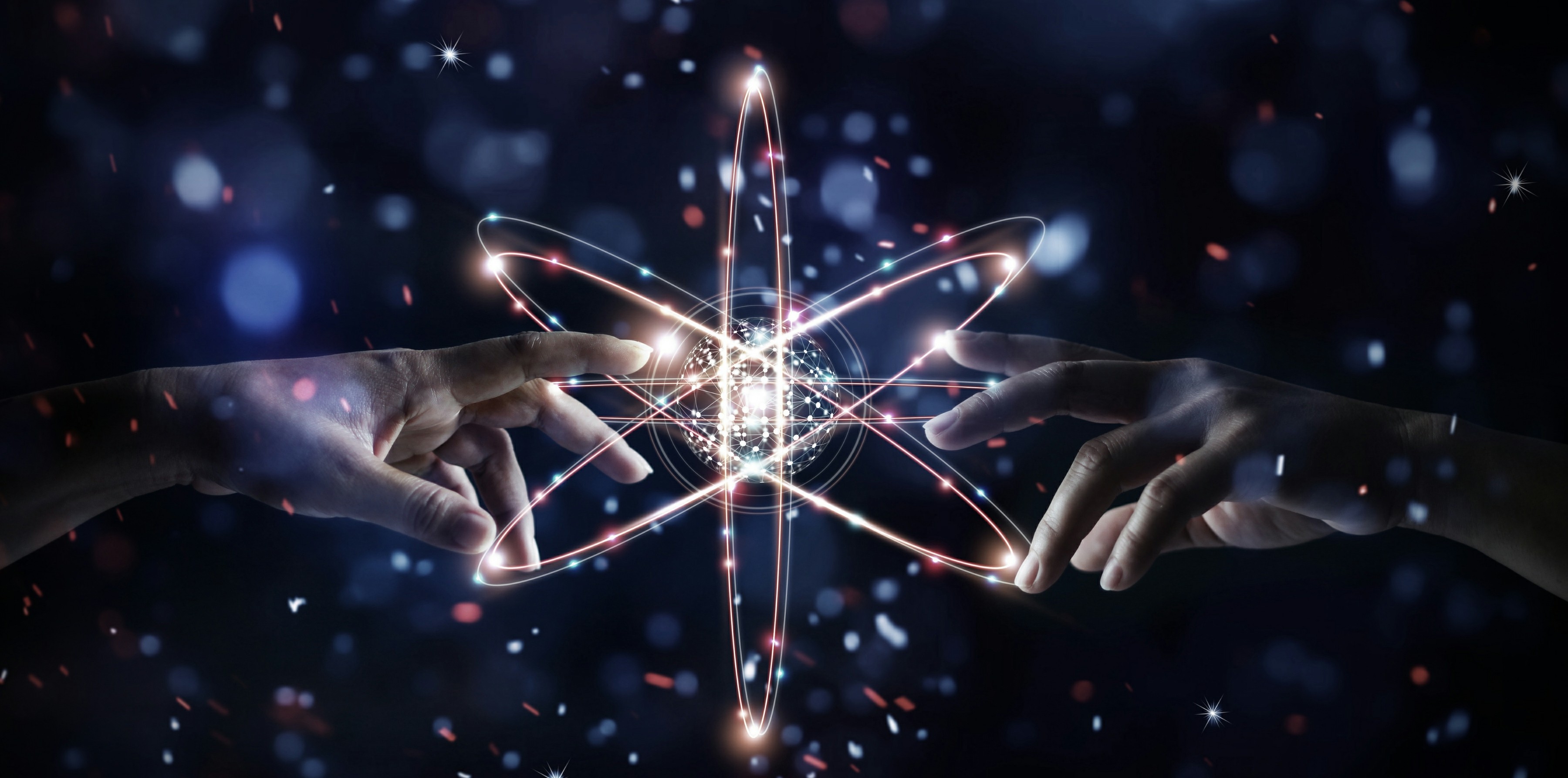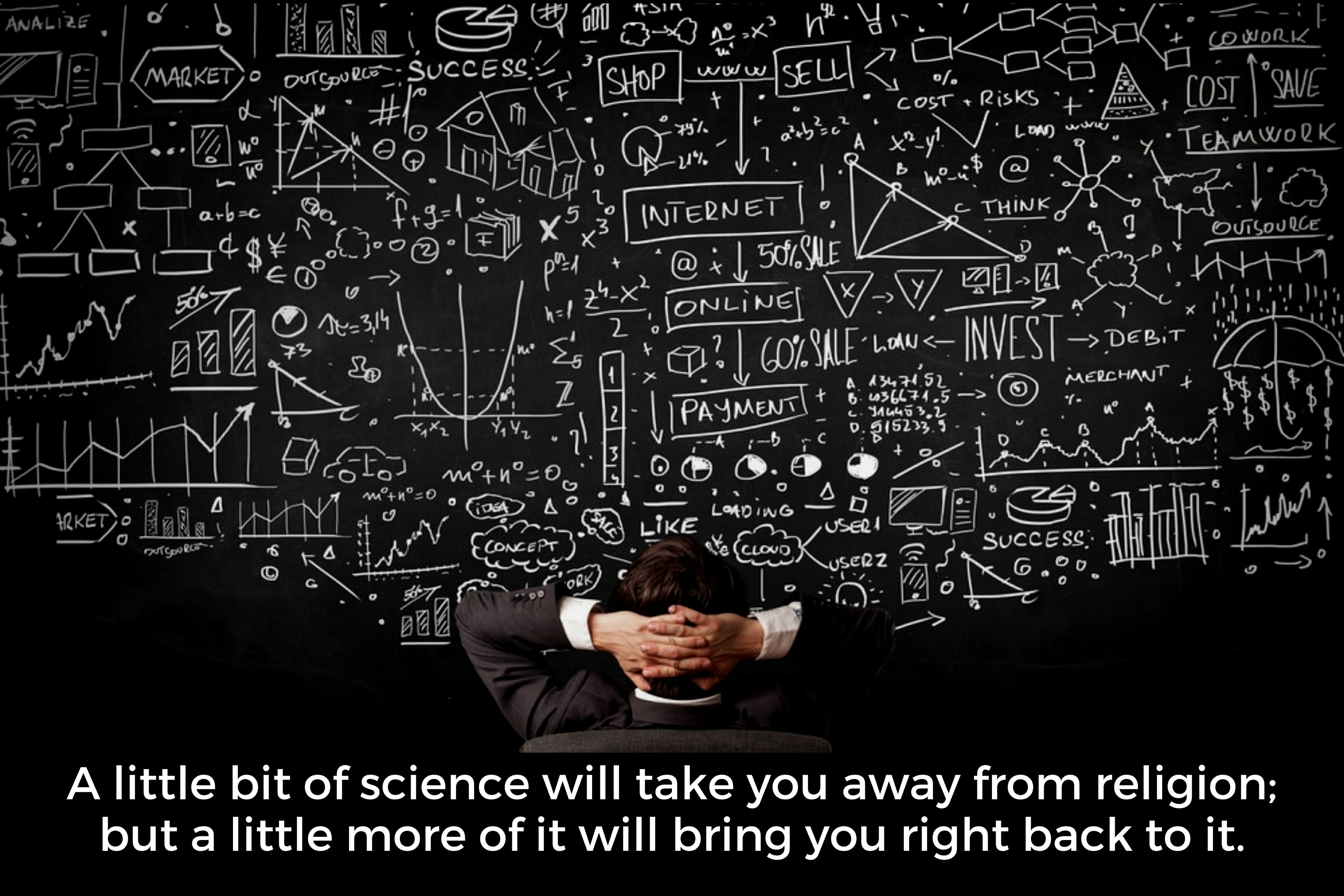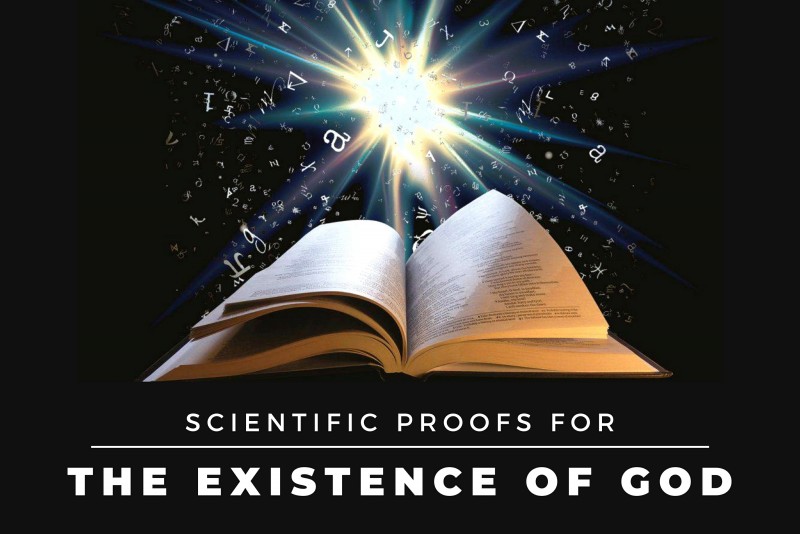Isn't this Universe astonishing? How is everything so well systematized? Why is it that after every 24 hours, we have daybreak and twilight? Who makes the Sun rise and set every day? Who guides the movements of the planets?
To answer all such questions pertaining to this creation and its mysteries, there can be four possibilities:
1. Humans designed this creation.
2. Everything occurred randomly and spontaneously.
3. The creation was eternally there.
4. This splendid creation was designed by a super intelligent being.
However, one can relate certain obvious factors which rule out the first three options. Possibility (1) requires time travel or infinite generations of humans. Option (2) may be a remote possibility, but it's not a scientific explanation, as it does not refer to any systematic process. It's nothing more than an appeal to luck. Possibility (3) cannot be true, as the Universe is not static. Each cell in this whole Universe is changing every moment. Einstein proved and demonstrated that it not only decelerates but also expands appreciably. Thus, it can't be eternal.
So, the only valid and systematic explanation that remains is Possibility (4). This beautiful as well as systematic creation, running in perfect order, was created by some super intelligence. This fact has been perceived by many scientists and philosophers. Several voices have been raised regarding the existence of the creator. Dr. Hugh Ross, an astrophysicist, says– “Earth is not an insignificant speck. As there is a beginning there must be a beginner.” Other scientists also gave some very stunning observations along with certain thought-provoking statements to prove the presence of the creator. Here are listed some of them:
1. The exact mass of the Universe, Earth, and Sun: According to astronomers, the total mass of the Universe acts as a catalyst for nuclear fusion. If the Universe becomes exceedingly massive, all the matter in the Universe will be converted into elements heavier than iron in the blink of an eye. This would mean no life, as the Universe would remain devoid of Carbon, Oxygen, Nitrogen, etc. On the other hand, if the Universe is too less in mass, then fusion would take place so inefficiently that there would be only Hydrogen or Hydrogen plus a small amount of Helium. But, again, the essential elements, i.e. Carbon and Oxygen, that we need for life would be missing.
Moreover, the mass of the Earth is also in coherence with the conditions which can support life. Had the Earth been too massive, it would have retained a bunch of gases like Ammonia, Methane, Hydrogen, and Helium in its atmosphere– all of which are unfavourable for life to flourish. On the contrary, too less a mass would mean no water being retained. And, we all know there can be no life without water. Likewise, the right mass of the Sun is another necessary condition for life to exist, which is also satisfied in the universe.
2. The exactness of physical constants and forces:
a. Electromagnetic Force: For a molecule to take shape, an exact value of electromagnetic force is crucial. Had this force been too weak, it would have been impossible for the electrons to orbit around the nucleus. That means no sharing of electrons and, hence, no joining of nuclei to form molecules. And, no molecules simply mean no life! Opposite to this, with too strong an electromagnetic force, again sharing of electrons with adjoining nuclei would not have occurred, as then the electrons would have clung to their nuclei in an exceptionally strong manner. In a nut shell, without the electromagnetic force being tuned to a definite value, the Universe would have been devoid of molecules and, hence, life.
b. Nuclear Force: Nuclear force is responsible for holding the protons and neutrons together. The sensitivity of the effect of this force for life to exist can be judged from a simple fact that if one makes this force 3/10 of 1% stronger or 2% weaker, life would be rendered impossible in the Universe.
c. The Mass of a Proton and a Neutron: Since the neutron is 0.138% heavier than the proton, it requires a little more energy from the Universe for the formation of neutrons than that for the formation of protons. That's the reason why there are seven times as many protons as neutrons in the Universe. Now, see the repercussions of slightly increasing or decreasing the mass of a neutron… A 1/10th of 1% less massive neutron would mean so many neutrons in the Universe that all the matter would quickly collapse into neutron stars and black holes. A 1/10th of 1% more massive neutron, on the other hand, would mean so less neutrons, which would be insufficient to make Carbon, Oxygen, Nitrogen, Phosphorus, Potassium, etc.– the elements that are essential for life. It implies the mass of the proton is absolutely accurate; a slight increase or decrease in it would have meant no life!
d. Force of gravity: It must be precisely 1040 times weaker than the force of electromagnetism; else, there can be no life.
3. Exact speed of the Earth's rotation: Too fast a rotation speed would mean too many tornadoes and hurricanes, while too slow rotation would make the nights too cold and the days too hot. And one cannot imagine the feasibility of life if it were to be 170 degrees during the day or below –100 degrees at night. The current situation is simply an ideal one… Is this a coincidence?
4. Exact position of the planet Jupiter: As discovered by American astrophysicists, no life is possible unless there is a very massive planet like Jupiter five times more distant from the star. It is because the massive planet acts as a shield, guarding the Earth from cosmic collisions. Such kind of right location of the right star is a very rare possibility… and our earth enjoys that!

5. Exact tilt of the Earth: In order to provide stability to the rotation axis of the earth, exact tilt is a must. 23½ degrees is the ideal tilt for life on planet Earth and that's what it is set at!
6. Exact number of earthquakes: No earthquake or plate tectonic activity means erosion of the essential elements of life off the continents and their accumulation in the oceans. Thus, too many or too few earthquakes would mean life impossible.
7. Exact shape of the galaxy and the presence of essential elements: Only 6% of the galaxies in the Universe are found to be spiral galaxies. Out of those 6%, the one with all the essential elements for life are of concern. Moreover, life is impossible in the center or in the heel of a spiral galaxy. It's only possible at a distance 2/3rd from the center of the galaxy and that's where we are!

Aren't the above observations clearly speaking of some super intelligence behind? Such an exactness or fine-tuning of everything in the Universe, that too to such a remarkable degree! Where even a slight change in its systematic structure can cause the life to simply collapse! By shuffling 26 letters, a library cannot be structured. Likewise, this Universe and our planet Earth is not an accident or the result of a self-automated Big Bang. Certainly, there is a divine brain working behind the entire creation, which we call God. Even the smallest particle in this Universe speaks aloud of His presence.
However, not even an iota of doubt will remain in this context once we happen to have the direct encounter with the Creator, the Lord. Because that would serve as the biggest proof, far superior to the scientific facts and figures being offered to prove His existence. And that's what the practical spirituality or the eternal science of self-realisation (Brahm Gyan) offers. Here, the words of Dr. S. Radhakrishnan can be aptly quoted: "A little bit of science will take you away from religion; but a little more of it will bring you right back to it."


Nice article. Too scientific result is based in this content.
Great article!!